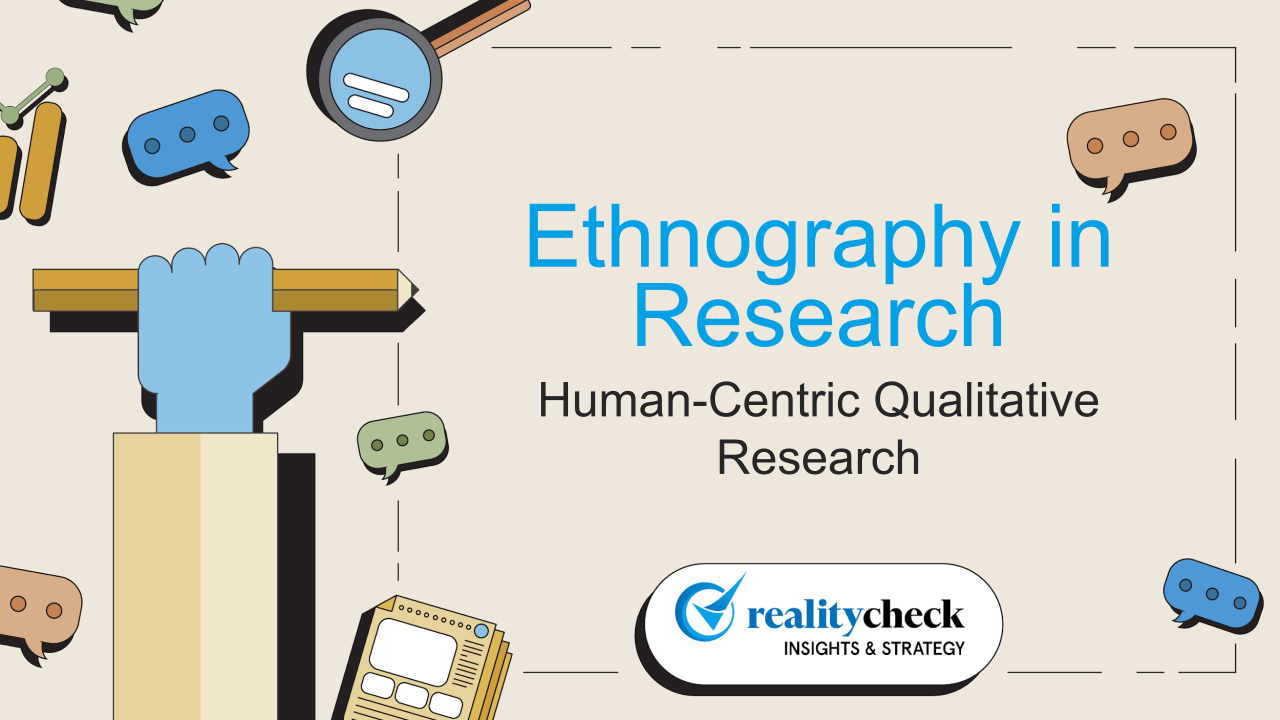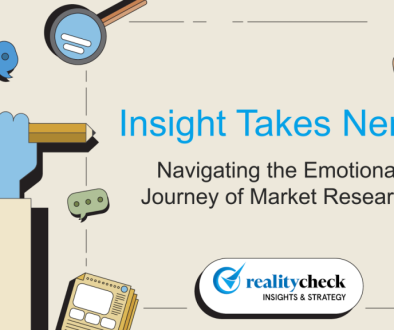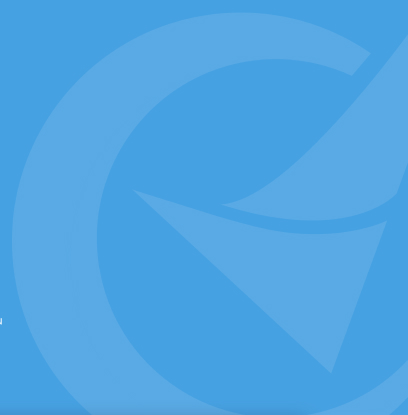Ethnography in Research: Human-Centric Qualitative Research
In Brief
Ethnography is a powerful method for understanding consumers in context—by observing their real lives rather than relying solely on what they say. While surveys and analytics show you the what, ethnography reveals the why. It uncovers unspoken needs, cultural cues, and innovation opportunities that drive meaningful strategy.
What is Ethnography?
It starts with a simple question: What if we stopped asking people what they do and started watching them do it?
That’s the essence of ethnography.
Ethnography isn’t a new research method; anthropologists have used it for over a century to understand cultures. In today’s world of data overload and consumer fragmentation, ethnography has become more critical than ever. Sometimes, the most powerful insights don’t come from numbers or dashboards but from observing real life.
Ethnography Is the Art of Seeing
At its core, ethnography involves deep immersion. Rather than bringing consumers into artificial environments like focus groups, ethnographers step into the lives of real people—spending time in their homes, following their routines, or quietly watching how they interact with products and services in natural settings.
This method allows researchers to capture not only what people do but also why they do it—an understanding rooted in context, emotion, and behavior. The result is a more nuanced view of consumer life, one that often reveals unspoken habits and unmet needs.
According to Intel anthropologist Ken Anderson, ethnographic research “uncovers the unarticulated needs of people,” allowing companies to innovate not just around what customers say they want, but what they don’t yet know they need.
Ethnography’s Strategic Value
While surveys and focus groups are good at measuring known variables, ethnography excels at exploring the unknown. It’s particularly powerful when used to guide long-term strategy, because it reveals patterns and pain points that traditional research methods can miss.
Companies like Microsoft and Intel have used ethnographic research to anticipate emerging behaviors and identify future product opportunities. For example:
Observing how families shared computers helped inform the development of multi-user interfaces.
Watching people use mobile devices in the field uncovered design needs that user testing alone failed to expose.
This kind of insight is strategic, not just tactical. It influences product roadmaps, marketing narratives, and even organizational priorities.
Why Ethnography Matters Now
In a world of AI dashboards and rapid-fire quantitative tools, ethnography remains a uniquely human-centered approach. It gives you the “why” behind the “what”—the motivations, beliefs, and context that data alone can’t deliver.
Ethnography adds value by:
• Capturing real behavior in real environments
• Surfacing hidden needs and cultural cues
• Building empathy across internal teams
• Driving product and brand innovation
It’s not about the volume of responses—it’s about the depth of understanding.
Modern Ethnography: Analog Soul, Digital Tools
At RealityCheck, we’re committed to the craft of ethnography while embracing modern tools that enhance it. This includes digital diaries, remote mobile ethnography, and AI-powered analysis that helps us scale and synthesize fieldwork without losing the nuance.
We call this ethnography with edge—rich human insight, empowered by technology.
Ethnography as a Strategic Lens
Ethnography isn’t just a research technique—it’s a strategic lens for seeing what others miss. It helps teams understand their customers not as data sets, but as complex, feeling, adaptive people.
And when you see your customer that clearly, it changes how you do everything.
Let’s Talk
We help brands uncover what really matters to their consumers. If you’re exploring how ethnographic research can support your business strategy, connect with us here.


![[TEMPLATE] Blog Post Title Slides [TEMPLATE] Blog Post Title Slides](https://realitycheckinc.com/wp-content/uploads/2025/07/TEMPLATE-Blog-Post-Title-Slides-1024x576-394x330.png)
![[TEMPLATE] Blog Post Title Slides [TEMPLATE] Blog Post Title Slides](https://realitycheckinc.com/wp-content/uploads/2025/05/TEMPLATE-Blog-Post-Title-Slides-1024x576-394x330.png)




















